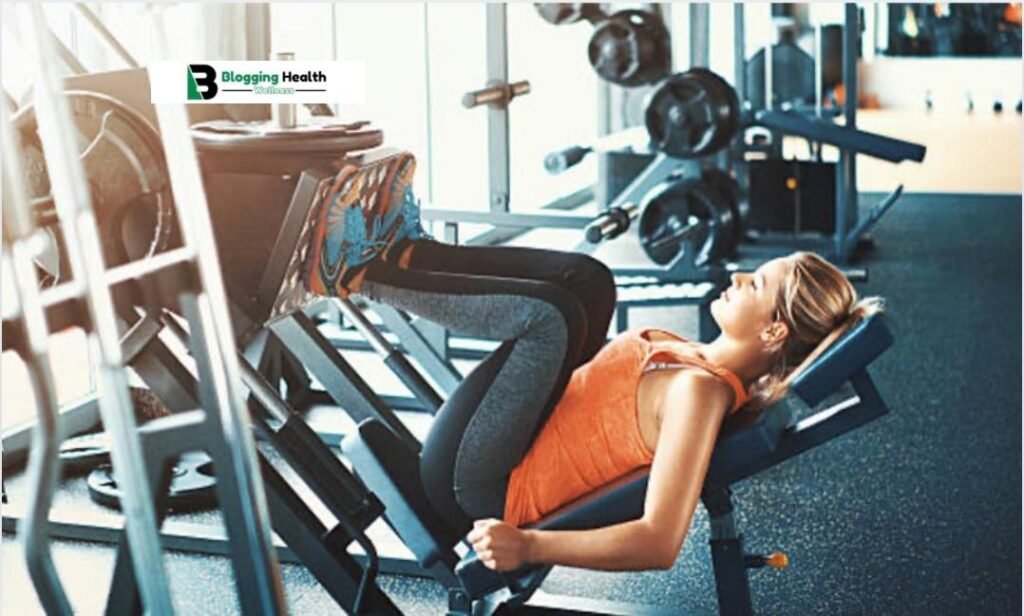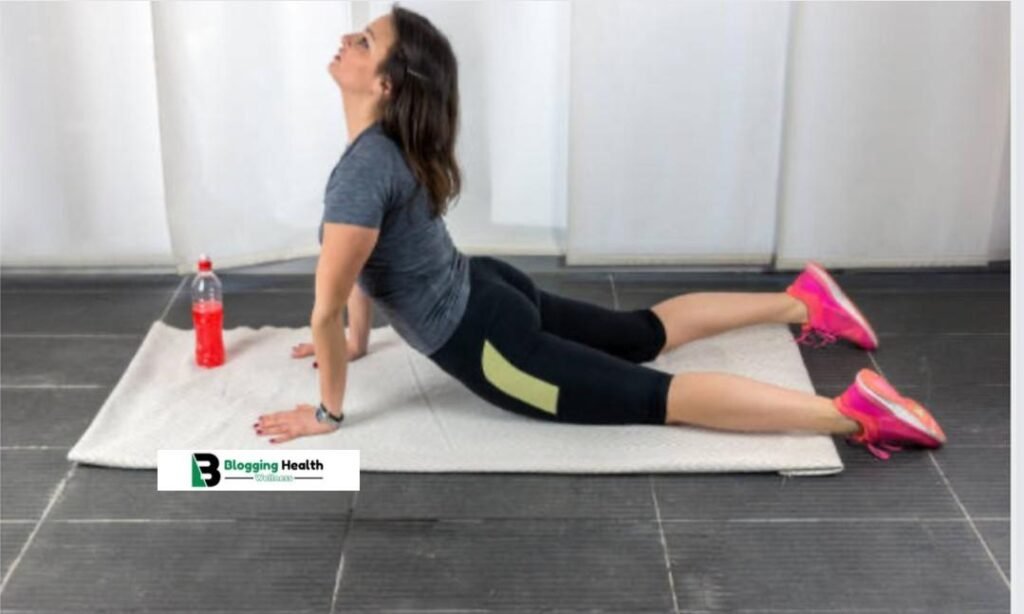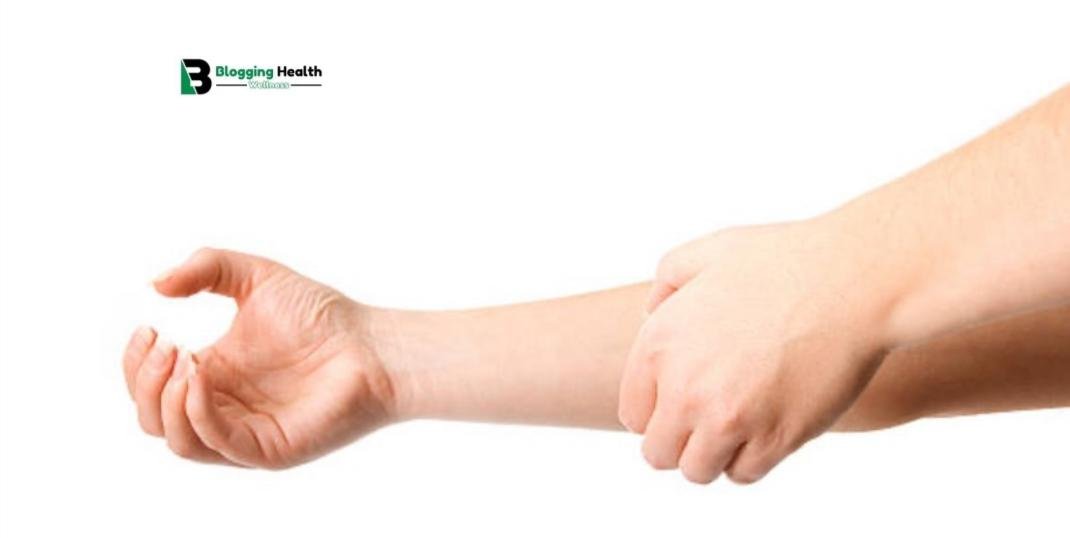introduction of Dips for Big Arms
If you’re looking to build big, muscular arms, incorporating dips into your workout routine is a game-changer. Dips are often overlooked in favor of bicep curls and bench presses, but this versatile exercise is crucial for triceps development and overall arm growth. In this guide, we’ll explore why Dips for Big Arms essential, the proper techniques to perform them, various dip variations, and tips to maximize your gains.

Why Dips Are Essential for Arm Growth
Dips are one of the most effective compound exercises for developing upper body strength, particularly targeting the triceps, chest, and shoulders. Unlike isolation exercises like tricep pushdowns or kickbacks, dips engage multiple muscle groups, making them an efficient movement for building size and strength.

Benefits of Dips for Arm Growth:
- Compound Movement: Dips work multiple muscle groups simultaneously, which stimulates muscle growth through greater overall workload and energy expenditure.
- Progressive Overload: Easily scalable, dips allow for adding weight as you get stronger, continually challenging your muscles.
- Functional Strength: Dips mimic natural pushing movements, enhancing overall upper body function and stability.
- Minimal Equipment: All you need is parallel bars or a sturdy surface to perform dips, making them accessible anywhere, from the gym to home.

Muscles Worked During Dips
Understanding which muscles are engaged during dips can help you focus on proper form and feel the exercise working. Dips primarily target the triceps but also work several other upper body muscles:
- Triceps Brachii: The main muscle targeted, responsible for elbow extension and critical for pushing strength.
- Pectoralis Major and Minor (Chest): Assists in pressing movements, contributing to overall upper body strength and stability.
- Anterior Deltoids (Shoulders): Provide support and stabilization during the dip movement.
- Forearms and Grip Muscles: Stabilize the wrists and grip the bars during dips.

3. How to Perform Dips with Proper Form
Performing dips with proper form is essential for maximizing gains and minimizing the risk of injury. Follow these steps to master the basic bodyweight dip:
1. Setup:
- Find parallel bars or use a sturdy surface where you can grip securely.
- Place your hands shoulder-width apart on the bars, palms facing inwards.
- Lift yourself up so your arms are straight and your body is suspended.
2. Execution:
- Lowering Phase: Slowly bend your elbows, lowering your body down until your upper arms are parallel to the ground. Keep your elbows close to your body to emphasize the triceps.
- Pause: Briefly hold at the bottom position to increase time under tension.
- Pushing Phase: Push yourself back up to the starting position by extending your elbows until your arms are fully straight.
3. Tips for Proper Form:
- Maintain a Slight Forward Lean: A slight forward lean activates more of your chest muscles, while keeping upright focuses more on the triceps.
- Keep Core Engaged: Tighten your abs to maintain stability and prevent swinging.
- Avoid Flaring Elbows: Keep elbows tucked to prevent shoulder strain.

4. Common Mistakes to Avoid
Performing dips incorrectly can lead to shoulder injuries or ineffective workouts. Here are common mistakes and how to avoid them:
- Flaring Elbows: This puts unnecessary strain on your shoulders. Keep your elbows close to your sides.
- Going Too Low: Lowering too far down can overstretch the shoulder joint. Stop when your upper arms are parallel to the floor.
- Swinging Your Body: Keep your movement controlled. Swinging reduces the effectiveness of the exercise and increases injury risk.
5. Variations of Dips for Big Arms
Dips can be modified to suit different fitness levels and emphasize various muscle groups. Here are some popular dip variations:
1. Bench Dips (Beginner-Friendly)
Bench dips are a great starting point for those new to dips or looking to build strength before progressing to parallel bar dips.
- How to Perform: Sit on the edge of a bench or chair, hands beside your hips. Slide your hips off the bench and lower your body down by bending your elbows. Push back up to the starting position.
- Target: Focuses primarily on the triceps with less shoulder engagement, making it safer for beginners.
2. Weighted Dips (Advanced)
Adding weight is the most effective way to progress once bodyweight dips become too easy.
- How to Perform: Use a dip belt to add weight plates or hold a dumbbell between your legs. Perform dips as usual with the added resistance.
- Target: Increases muscle activation in the triceps, chest, and shoulders due to the added load.
3. Ring Dips (Stability Challenge)
Ring dips add a stability component, making them more challenging and effective for advanced athletes.
- How to Perform: Perform dips using gymnastics rings instead of parallel bars. The instability of the rings forces greater muscle engagement, especially in the shoulders and core.
- Target: Enhances overall upper body strength and coordination due to the instability.
4. Tricep Dips on a Dip Machine
For those looking for support, a dip machine offers adjustable weight assistance to help you build strength.
- How to Perform: Use the dip machine to set a counterbalance weight, making the dip easier. Gradually reduce the assistance as you get stronger.
- Target: Ideal for beginners or those rehabbing from injury who need support.
6. Programming Dips into Your Routine
To get the most out of dips, they need to be programmed correctly within your overall workout. Here’s how to include dips for maximum arm growth:
1. Frequency: Aim to perform dips 2-3 times per week, allowing at least 48 hours of rest between sessions for muscle recovery.
2. Sets and Reps:
- Beginners: 3 sets of 8-10 reps (use assistance if necessary).
- Intermediate: 4 sets of 10-12 reps, using bodyweight or adding light weights.
- Advanced: 4-5 sets of 8-10 reps with added weight for maximum hypertrophy.
3. Supersets and Circuits: Pair dips with bicep exercises like curls to fully engage the arms. For example, perform a set of dips followed immediately by bicep curls.
7. Tips to Maximize Gains with Dips
1. Focus on Progressive Overload: Gradually increase resistance by adding weight or increasing reps to stimulate continuous growth.
2. Control the Movement: Don’t rush your reps. Focus on a controlled descent and explosive push-up to engage the triceps fully.
3. Prioritize Recovery: Give your muscles time to recover. Adequate rest, hydration, and nutrition are crucial for muscle growth.
4. Warm-Up Properly: Always warm up with dynamic stretches or light cardio to prepare your muscles and joints.
5. Track Your Progress: Keep a workout log to track your reps, sets, and added weights. This helps in setting progressive goals.
8. Nutrition for Big Arms: Fuel Your Gains
Exercise alone won’t build big arms; nutrition plays an equally important role. Here are some key dietary tips to support your dip training:
1. Protein Intake: Consume adequate protein to repair and grow muscles. Aim for at least 1.2-2.0 grams of protein per kilogram of body weight.
2. Caloric Surplus: To build muscle, you need to consume more calories than you burn. Focus on healthy sources like lean meats, whole grains, and healthy fats.
3. Hydration: Proper hydration aids in performance and recovery, reducing muscle cramps and fatigue.
4. Supplements: Consider supplements like whey protein, creatine, and BCAAs to enhance muscle growth and recovery.
Conclusion
Dips are a powerhouse exercise for building big, strong arms. By incorporating dips into your workout routine, maintaining proper form, and progressively challenging yourself with variations and added weight, you’ll be on your way to impressive tricep development. Combine this with a well-rounded diet and recovery plan, and you’ll see significant gains in your arm size and strength. So, grab those parallel bars, and start dipping your way to bigger arms today!
FAQs for Dips for Big Arms
- Are dips effective for building big arms?
Yes, dips are highly effective for building arm muscles, particularly the triceps. They also engage the chest and shoulders, making them a great compound exercise for upper body strength. - Which muscles do dips target?
Dips primarily target the triceps but also work the chest, shoulders, and core muscles, providing a comprehensive upper-body workout. - How many sets and reps of dips should I do for bigger arms?
Aim for 3-4 sets of 8-12 reps to build muscle. Adjust the reps and sets based on your fitness level and gradually increase resistance as you progress. - Can beginners do dips?
Beginners may find dips challenging. Start with assisted dips or bench dips, which are easier variations that help build strength before progressing to full bodyweight dips. - How can I make dips more challenging for bigger arms?
To make dips harder, you can add weight using a dip belt, hold a dumbbell between your legs, or slow down the tempo of your reps to increase muscle tension.


